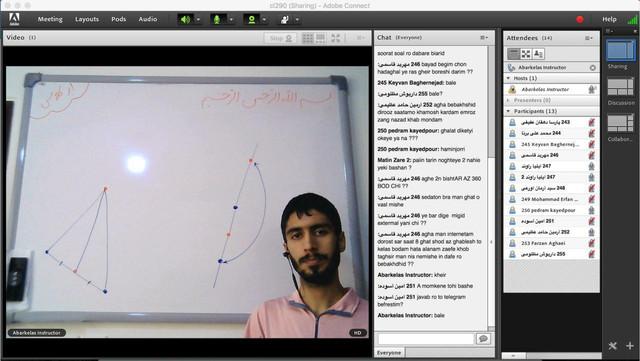Yes! I’m back with the problem of the month series, hosted by Topcoder.
Every month, there will be a problem with complete explanations and solutions for one of the problems of the month. Here is the problem of October. Feel free to ask me questions and suggesting edits.
Help me by proposing a problem for the next month. In the November contests, look for a challenging problem that you would like to have complete explanations of it.















